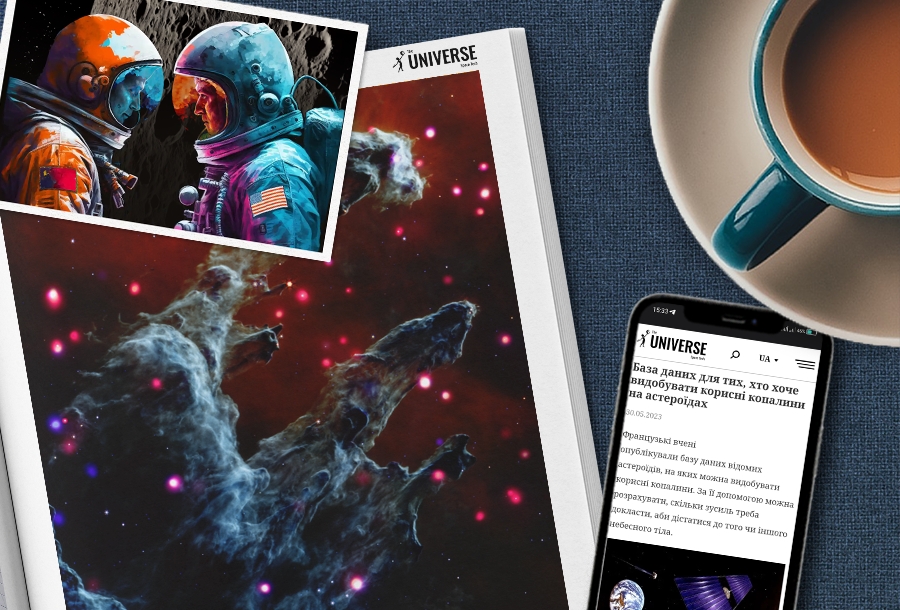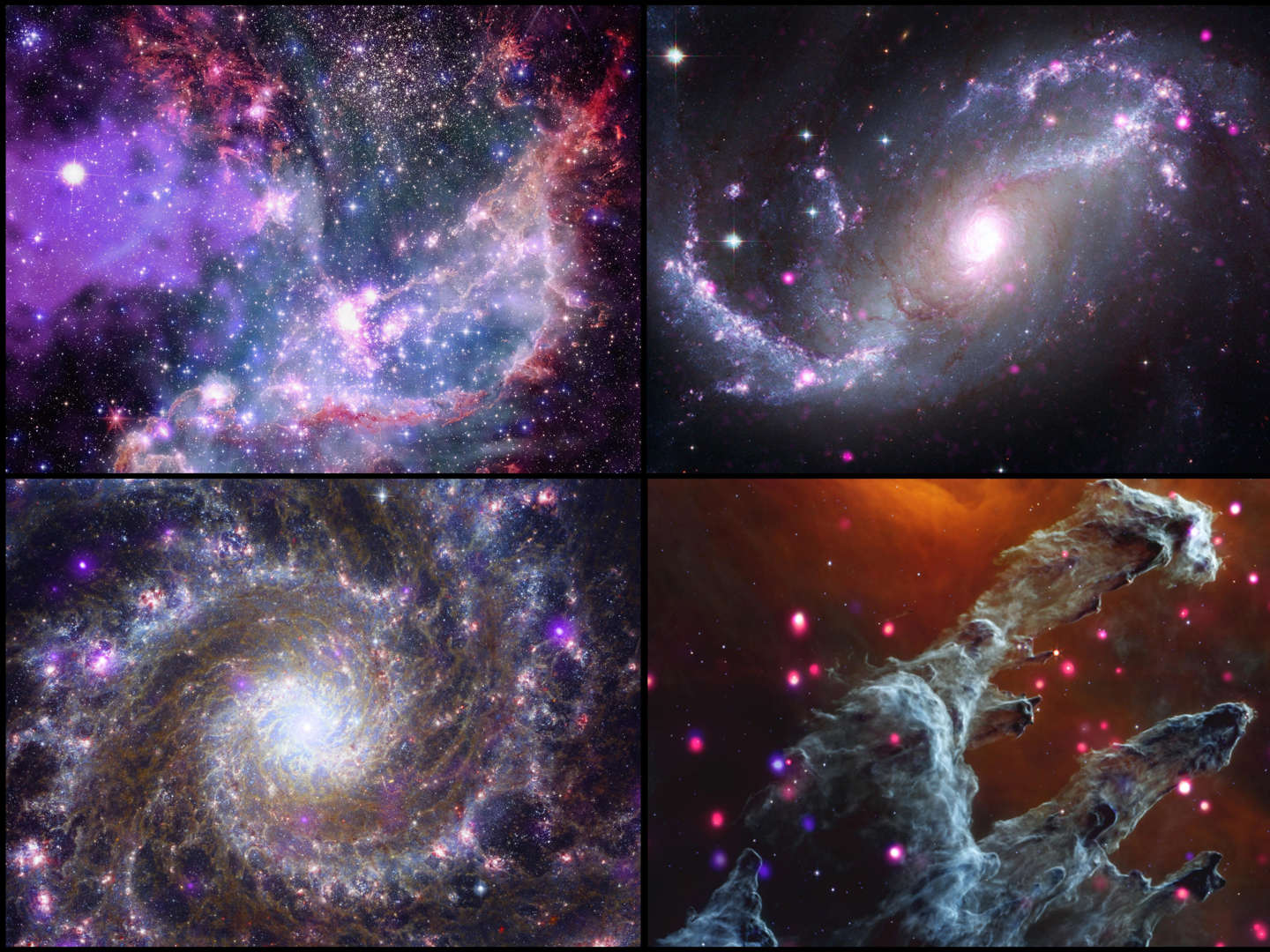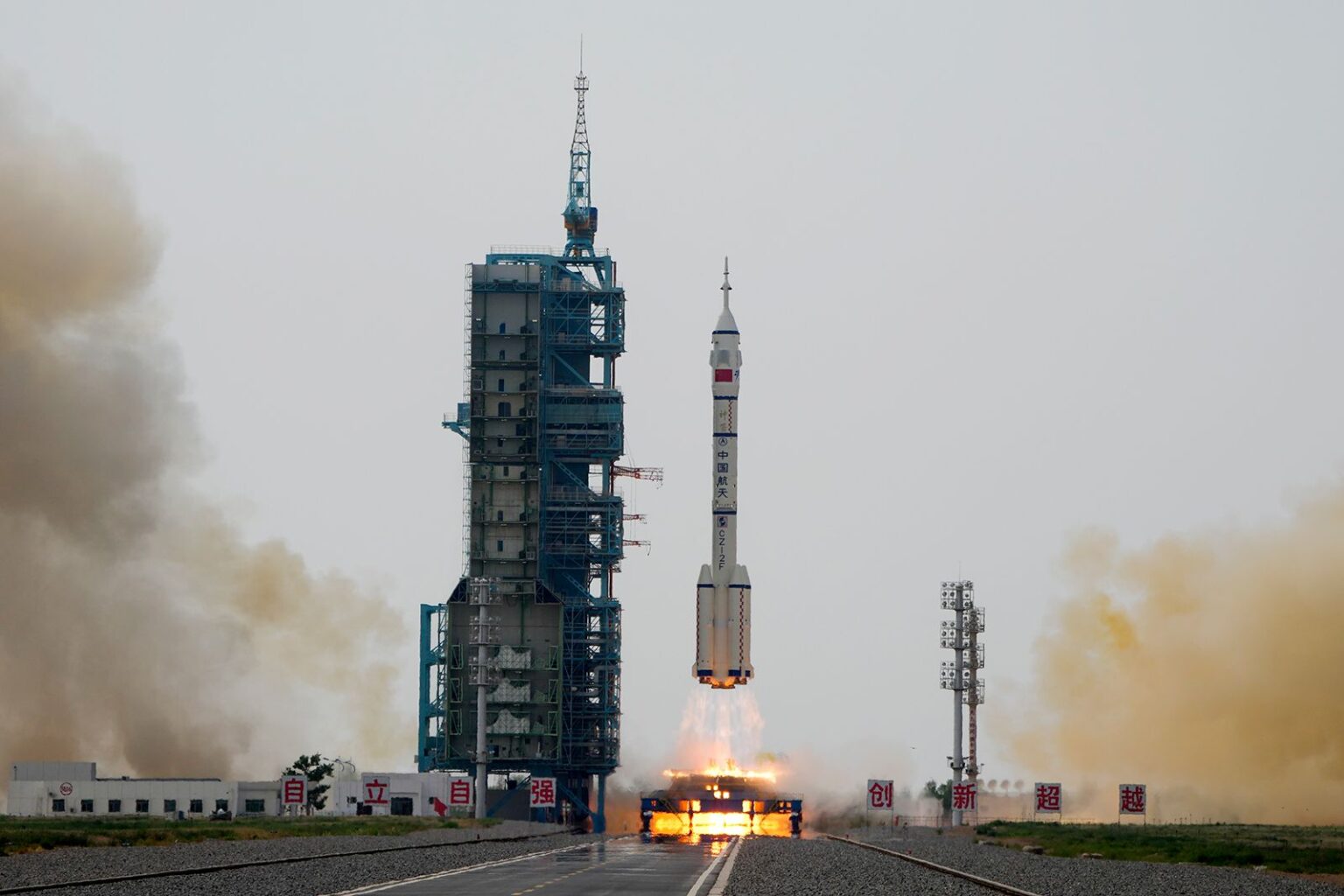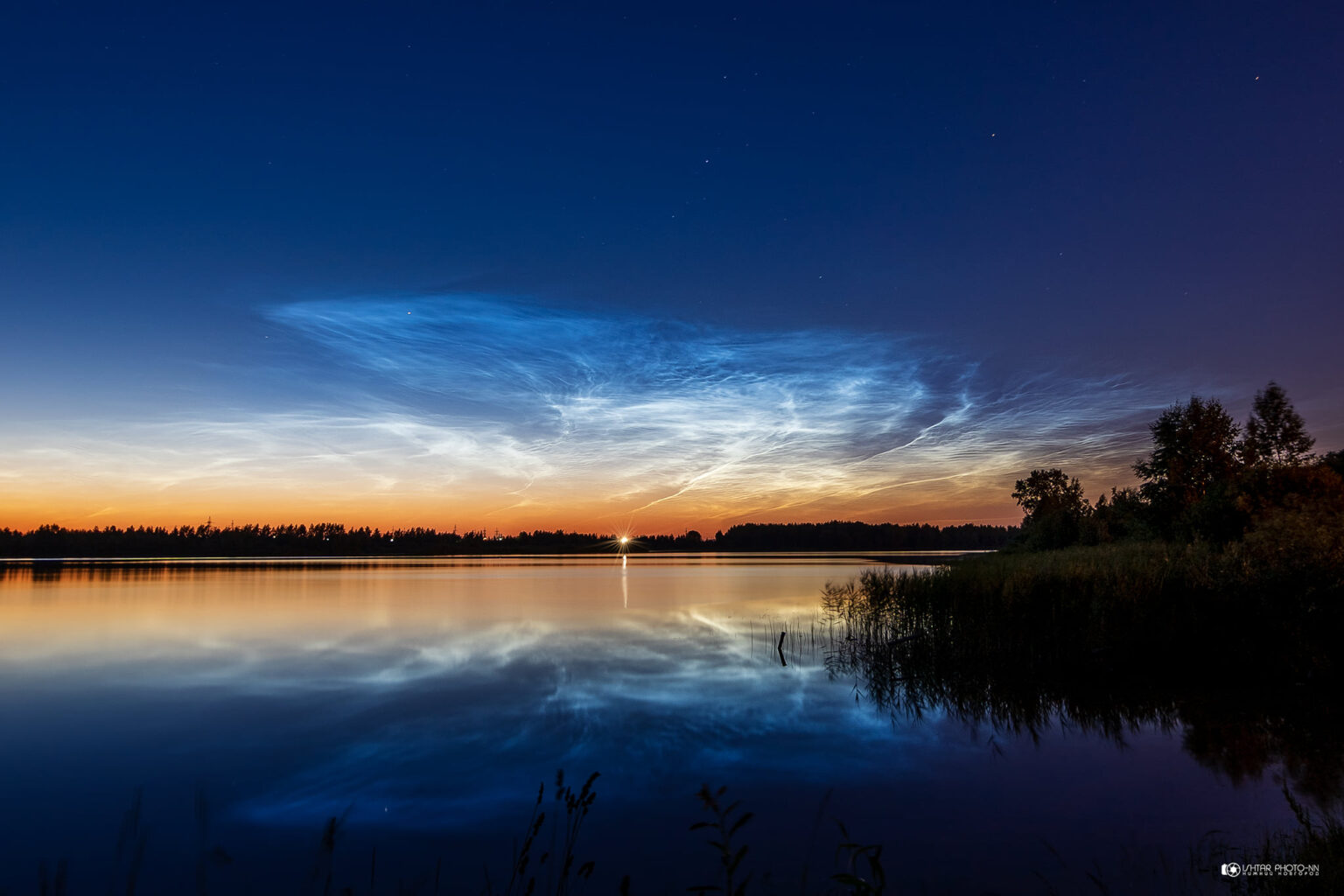Selection of the most interesting space news for the week: Scientists identify the most promising asteroids for mining; the Celestial Empire plans to land taikonauts on the Moon by 2030, and we are talking about silver clouds.

“The important thing is not to stop questioning. Curiosity has its own reason for existence.” ― Albert Einstein
USA and China compete for water on the Moon
The astronauts have not yet landed on the Moon as part of the new Artemis project, as the head of NASA, Bill Nelson, is already worried about water on our natural moon. In particular, he worries that China may be the first to reach the water on the Moon, which is valuable for the international community.
Nelson spoke about water on the Moon in the context of the “Artemis Agreements” of 1967, an international treaty of cooperation in civilian research and the use of the Moon, Mars, comets and asteroids for peaceful purposes. Now more than twenty countries have signed this non-binding agreement. However, China is not among them, despite the fact that it plans to land astronauts on the Moon this decade.
Database for everyone who wants to mine minerals on asteroids
French scientists have published a database of known asteroids from which minerals can be extracted. With its help, it is possible to calculate how much effort it takes to get to a particular celestial body. It is expected that it will soon be useful for dozens of companies, although only the first of them conducted even simple experiments in orbit. There is definitely no oil, gas or coal on asteroids, but metals, including those that are rare on Earth, can be very common.
However, spectroscopic data is available only for 326 asteroids. And for so many of them, the database indicates what matter they mainly consist of. At the same time, this is only data about their surface composition. It is much more difficult to find out what is in the depths. But it can still be established by analyzing the density of these celestial bodies.
China will land people on the Moon by 2030
A representative of the Chinese manned program said on Monday that his country would land Taikonauts on the Moon by 2030. In addition, the crew has been announced, which will fly to the Celestial space station on Tuesday. Earlier, China announced plans to start operating lunar rockets after 2030. Although China’s main competitor, the United States, clearly suspected before this that they would do it earlier. No wonder that they have already planned their own mission to the Moon for 2025.
According to Lin, the first mission of the Taikonauts on the Moon will be short. They won’t stay there forever. At the same time, the Chinese are already planning to use robots on the surface of the satellite together with people in this flight.
Space message in a bottle: NASA offers everyone to send a name to Europa
NASA has announced the launch of the Message in a Bottle initiative. Within its framework, anyone can send their name to Jupiter and its moons. In 2024, NASA plans to launch one of its main missions of the current decade, Europa Clipper. Its main goal will be Europa, a moon of Jupiter, which hides a giant ocean under its icy surface. In addition to the numerous scientific loads, the probe will also carry a small “Easter egg” — the poem “In Praise of Mystery: A Poem for Europa”. It was written specifically for the mission by Ada Limón. In 2022, the Library of Congress named her the 24th Poet Laureate of the United States.
To attract additional attention to the project, NASA invited everyone to sign the poem and, thus, send their name to Europa. It will be engraved on a special microchip along with the text of Ada Limón’s work and installed on the Europa Clipper case.
Astronomers find the progenitor of a supernova in a neighboring galaxy
A British-American team of astronomers announced the discovery of the probable progenitor of the supernova SN 2023ixf, which broke out in a neighboring galaxy a few days ago. It is a red supergiant. The event instantly attracted the attention of astronomers from all over the world.
The fact is that SN 2023ixf has become the closest to our planet and, as a result, the brightest supernova in the last decade. Its apparent magnitude reached 11, which made it possible to observe the event even with amateur telescopes. During the subsequent analysis of the Hubble telescope’s archive of images, astronomers have discovered a star that, in their opinion, is the source of the supernova. It’s a red supergiant. It can be seen in photographs taken in the near infrared, but it is almost invisible in optical images, which may indicate that it is surrounded by dust.
Photo of the week

NASA recently shared a new look at some of these photos by combining infrared data from James Webb with X-ray data from the Chandra Observatory. Four new photos show a variety of cosmic objects, such as galaxies and nebulae, combining observations at different wavelengths to show features that would not be visible to the human eye.
Interesting figure — 17 people in orbit

China successfully launched the Shenzhou-16 spacecraft with three taikonauts. This made it possible to break the record for the number of people in Earth orbit at the same time. At the moment there are 17 people there, while the previous achievement was 14 people. They are distributed as follows: six Chinese, five Americans, three Russians, two astronauts from Saudi Arabia and one from the UAE.
Something to read on the weekend

This week, the editors of The Universe Space Tech talk about the most beautiful summer spectacle — noctilucent clouds. We explain: what is this phenomenon? How do they form, and also how do they differ from ordinary clouds and northern lights?
In the second article recommended by us, our author explains how rockets are pushed off in orbit from the emptiness, because every movement is a push-off of something from something. But this is impossible in space, because there are not even gas molecules there that it is possible to push off from, as airplanes do when flying in the atmosphere.
Follow us on Twitter to get the most interesting space news in time
https://twitter.com/ust_magazine

